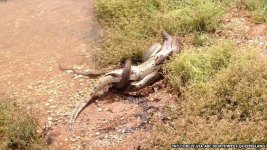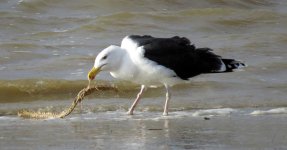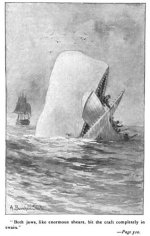Garry Nelson's Left Foot
Well-known member
- Thread starter
- #121
I'm not sure there's value in having Nile and Saltwater crocs as separate competitors, unless someone can state a clear point of difference between the two.
Thats my thinking too. A quick google search says that on average the salt water is a little larger and more aggressive. I think I'll just go with the salt water croc.





